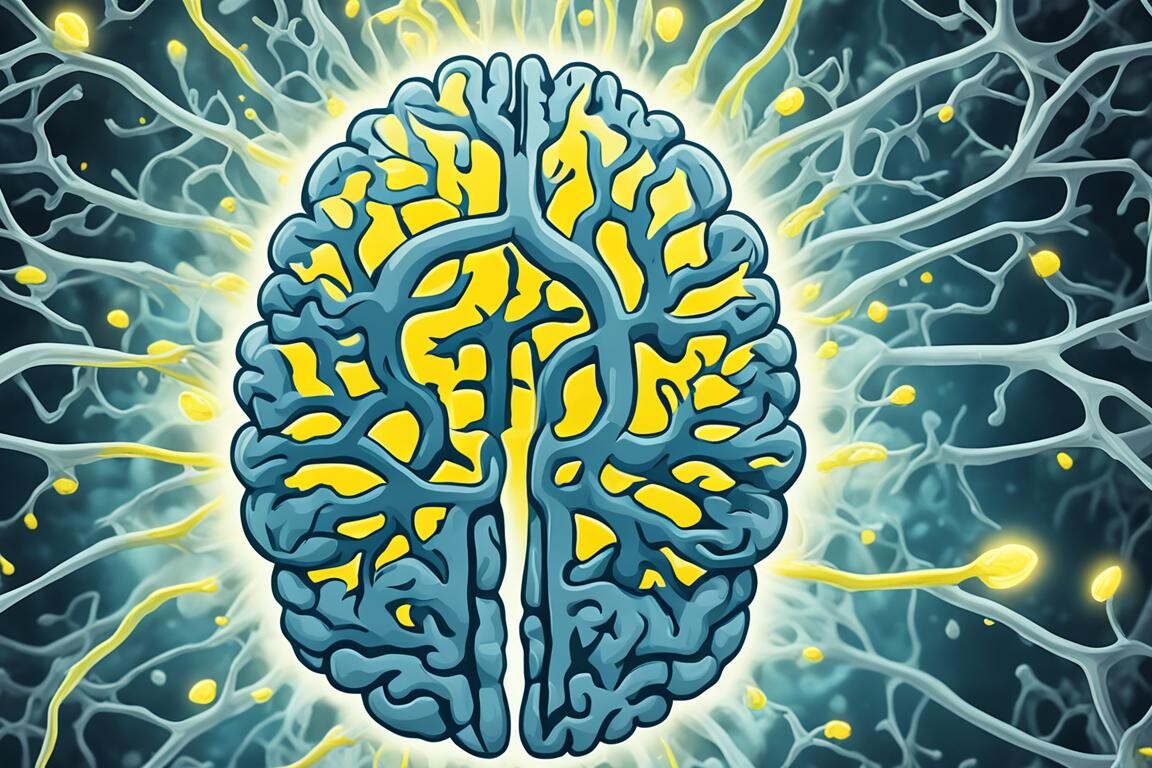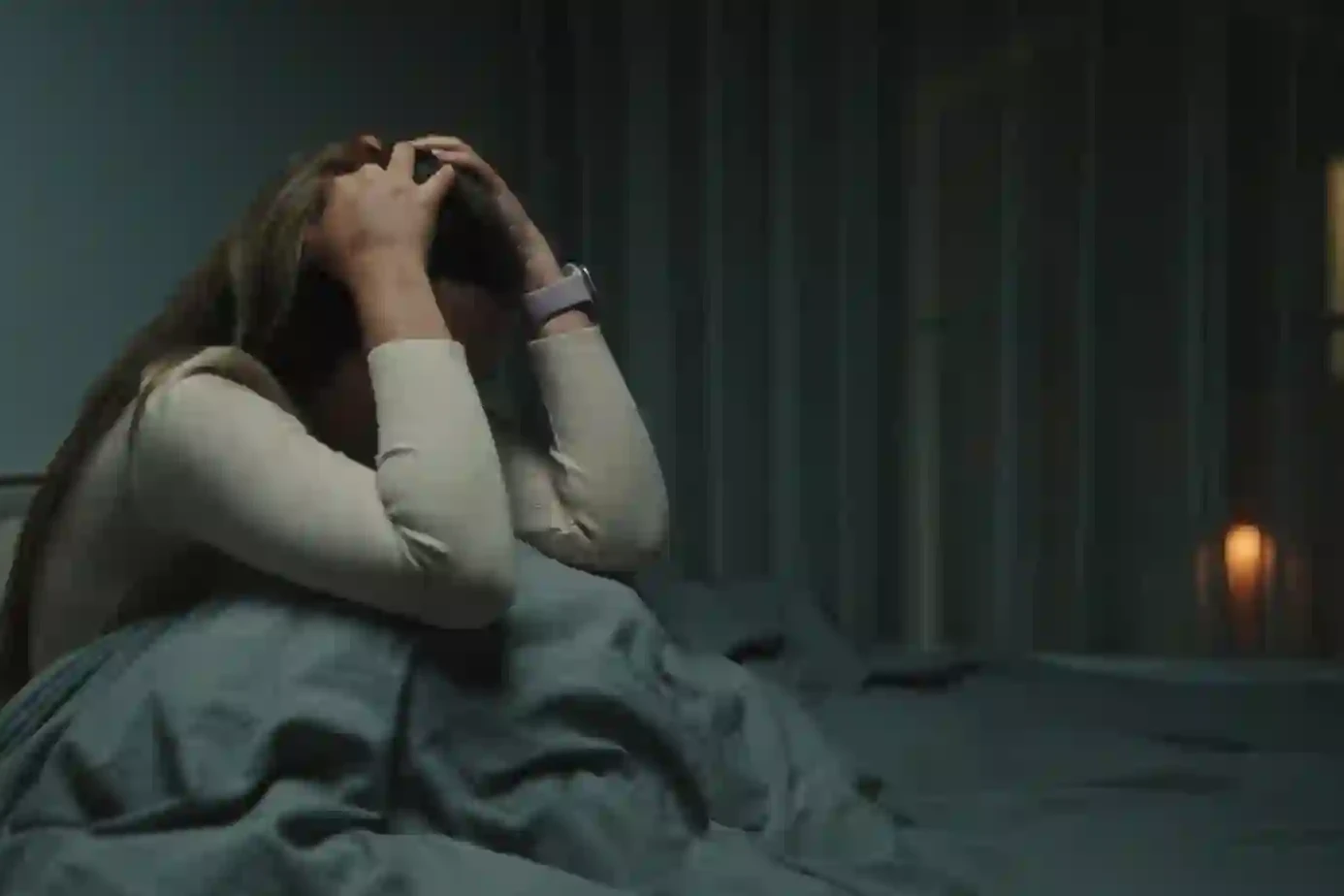7 stages of frontotemporal dementia explain how this condition usually moves from small, odd changes to full care needs. This guide walks you through each stage. It shows what to watch for and how to act. Read with care. Early knowledge helps families plan and stay safer.
Table of Contents
ToggleWhat Is Frontotemporal Dementia (FTD) And Its Early Signs?
Understanding The Basics Of Frontotemporal Dementia
Frontotemporal dementia affects the front and side areas of the brain. These parts control behavior, speech, and planning. People with FTD often change how they act or speak first. Memory may stay okay early on. Tests and brain scans help doctors identify the problem. frontotemporal dementia progression often looks different than other dementias.
How FTD Differs From Alzheimer’s And Other Dementias?
Alzheimer’s usually begins with memory loss. FTD begins with changes in personality or language. People with FTD may lose social judgment. They can act oddly at work or home. This difference matters for care and safety. Families should tell doctors about behavior and speech changes early. differences between Alzheimer’s and FTD appears early and guides treatment choice.
Types Of Frontotemporal Dementia And Behavioral Variant FTD Stages
FTD is a group of disorders. The main types are behavioral variant FTD and language variants called primary progressive aphasias. A third group links to movement problems. behavioral variant FTD stages often show poor empathy, loss of manners, and odd eating. Language forms start with word finding trouble. Each type follows a different path of decline.
7 Stages Of FTD: From Early Signs To Late Stage Symptoms
This section lists the FTD stages step by step. People do not move at the same speed. Use this as a guide. Watch for safety risks at each stage.
Stage 1: Mild Cognitive Changes In Early FTD
At first, changes are small. A person may drop tasks or seem less organized. They may stop enjoying hobbies. Friends may say the person is more blunt. These are subtle signs. They can last months or years. Spotting them early helps plan care and safety. Mention early signs of frontotemporal dementia to your doctor if you see them.
Stage 2: Small Changes In Behavior And Sharpness
Changes grow clearer. The person may make poor choices and lose social filters. They may show less concern for others. Work tasks become harder. You might notice trouble finishing familiar chores. At this stage, small supports help. Reduce complex tasks and simplify the daily routine.
Stage 3: Language Problems In Frontotemporal Dementia
Words start to fail. Speech becomes slow or empty. The person may repeat phrases. They may also struggle to understand language. This is common in language-predominant FTD. Use short sentences and one idea at a time when speaking. Label important items. These tools ease daily stress.
Stage 4: Noticeable Effects On Daily Life And Function
Daily life grows harder. The person may need help with money and cooking. Driving becomes unsafe. Eating habits can change. Family roles shift fast. Simple changes in the home lower risk. Locks, timers, and clear notes help. This stage often shows daily functioning decline in FTD.
Stage 5: Mood Swings, Personality Changes, And FTD Symptoms
Personality shifts deepen. A person may become flat, or angry, or impulsive. They may lose interest in people. Hygiene often slips. Simple tasks become unsafe without help. Families may need outside help or paid caregivers. Expect more supervision and frequent check-ins.
Stage 6: Memory Deterioration In Progressive FTD
Memory problems join behavior and language problems. Mobility or swallowing may worsen. Some people develop movement signs like stiffness. Health risks grow. Falls and infections rise. Plan for more medical support now. Talk to a care team about safety and meals.
Stage 7: Severe Impairment, Late Stage Symptoms, And Dementia Care Needs
At this final stage, people need full care. They may not walk or speak. Eating by mouth can be risky. This stage contains the most intense frontotemporal dementia late stage symptoms. Care shifts to feeding, skin care, and comfort. Simple, calm routines make the day easier for both the person and the carer.
Frontotemporal Dementia Timeline And How Fast FTD Progresses
Most people live several years after symptoms start. Average survival is about seven to thirteen years. The speed varies. Genetics and type of FTD change pace. Some people decline faster when motor neuron disease is present. Ask your doctor about FTD life expectancy by stage for tailored guidance.
Expect a range of months to many years. Care planning should start early and adapt often.
Causes And Risk Factors For Frontotemporal Dementia Progression
Brain Shrinkage And Neuron Loss In FTD
FTD comes from loss of brain cells in the frontal and temporal regions. This loss causes the behavioral and language symptoms. Brain scans often show shrinkage in those areas. The pattern of shrinkage guides a doctor’s view of brain degeneration stages.
Genetic And Hereditary Risk Factors For FTD
About ten to twenty percent of FTD has clear family genes. The main genes are C9orf72, MAPT, and GRN. These gene faults change brain proteins and speed damage. Genetic testing and counselling help families plan. prognosis of frontotemporal dementia can differ by gene type.
Other Contributing Factors To Frontotemporal Dementia
Age and overall health affect the course. Coexisting illnesses like heart disease or lung disease increase risk from complications. If FTD links to motor neuron disease, the decline can be faster. Regular health care lowers risks from other conditions.
Coping Strategies, Care, And Support Across FTD Stages
Stage-Wise Dementia Care And Practical Tips
Start planning early. Set up legal documents and medical power of attorney. Create simple daily schedules. Label rooms and drawers. Keep items in the same spot. Use routines for meals and sleep. Calm routines reduce stress. When behaviors change, remove obvious dangers. Make the environment predictable. These steps meet rising long-term dementia care needs.
Medical Interventions, Therapy, And Supportive Care For FTD
No medicine stops FTD. Treatments focus on symptoms. Medicines may help mood, anxiety, or sleep. Speech therapy helps with language. Occupational therapy teaches safe ways to do daily tasks. Physical therapy reduces fall risk. A coordinated team improves quality of life. Use specialists who know FTD for the best plan. dementia care plans should pair medical support with practical help.
Emotional Support And Family Planning
Caring for someone with FTD strains families. Get practical help early. Ask about caregiver support in dementia programs and respite care. Join local groups for shared tips. Simple rules make life steadier. Reduce choices for the person with FTD. Keep language calm and clear. This lowers arguments and avoids upset.
Safety, Nutrition, And Daily Routines
Food and swallowing trouble need early attention. Work with speech therapists on safe eating. Cut food into small pieces. Keep meals simple and consistent. For mobility, remove loose rugs and add handrails. Use night lights and clear walkways. Frequent small meals help if appetite changes.
Seeking Expert Help For Frontotemporal Dementia From Dr. Chandril Chugh
Seek a neurologist or memory clinic when you spot early changes. A specialist orders tests and helps plan care. Ask about genetic testing if family history exists. Good teams include speech therapists, occupational therapists, and social workers. They help with neurological progression patterns and legal planning.
FAQ
What are the 7 stages of FTD?
The seven stages move from mild behavior change to full dependence. They are early, mild behavior, language trouble, daily function loss, mood and personality change, memory loss, and late severe care needs.
What are the very first signs of dementia?
Early signs often include subtle behavior change, poor judgment, or trouble finding words. Memory can still look fine. Note changes in empathy and routine first.
What is the life expectancy of a person with frontotemporal dementia?
Typical survival after symptoms is about seven to thirteen years. This range depends on subtype, genetics, and other health conditions. Individual cases vary widely.
What is the cause of FTD dementia?
FTD follows abnormal brain proteins and neuron loss. Genes such as C9orf72, MAPT, and GRN play a role in some families. Many cases lack a clear cause.
What are the first signs of frontotemporal dementia?
Look for sudden changes in behavior, poor impulse control, loss of empathy, and trouble finding words. These are common early signs of frontotemporal dementia.
How long do the 7 stages of dementia last?
Each stage can last months to years. The full course may span several years. Speed varies by subtype and other health issues.
What are the three golden rules of dementia?
Keep safety first. Keep routines simple. Keep the person’s dignity intact. These rules help at every stage.
About The Author

This article is medically reviewed by Dr. Chandril Chugh, Board-Certified Neurologist, providing expert insights and reliable health information.
Dr. Chandril Chugh is a U.S.-trained neurologist with over a decade of experience. Known for his compassionate care, he specializes in treating neurological conditions such as migraines, epilepsy, and Parkinson’s disease. Dr. Chugh is highly regarded for his patient-centered approach and dedication to providing personalized care.
→ Book a consultation to discover which remedies suit your needs best.




